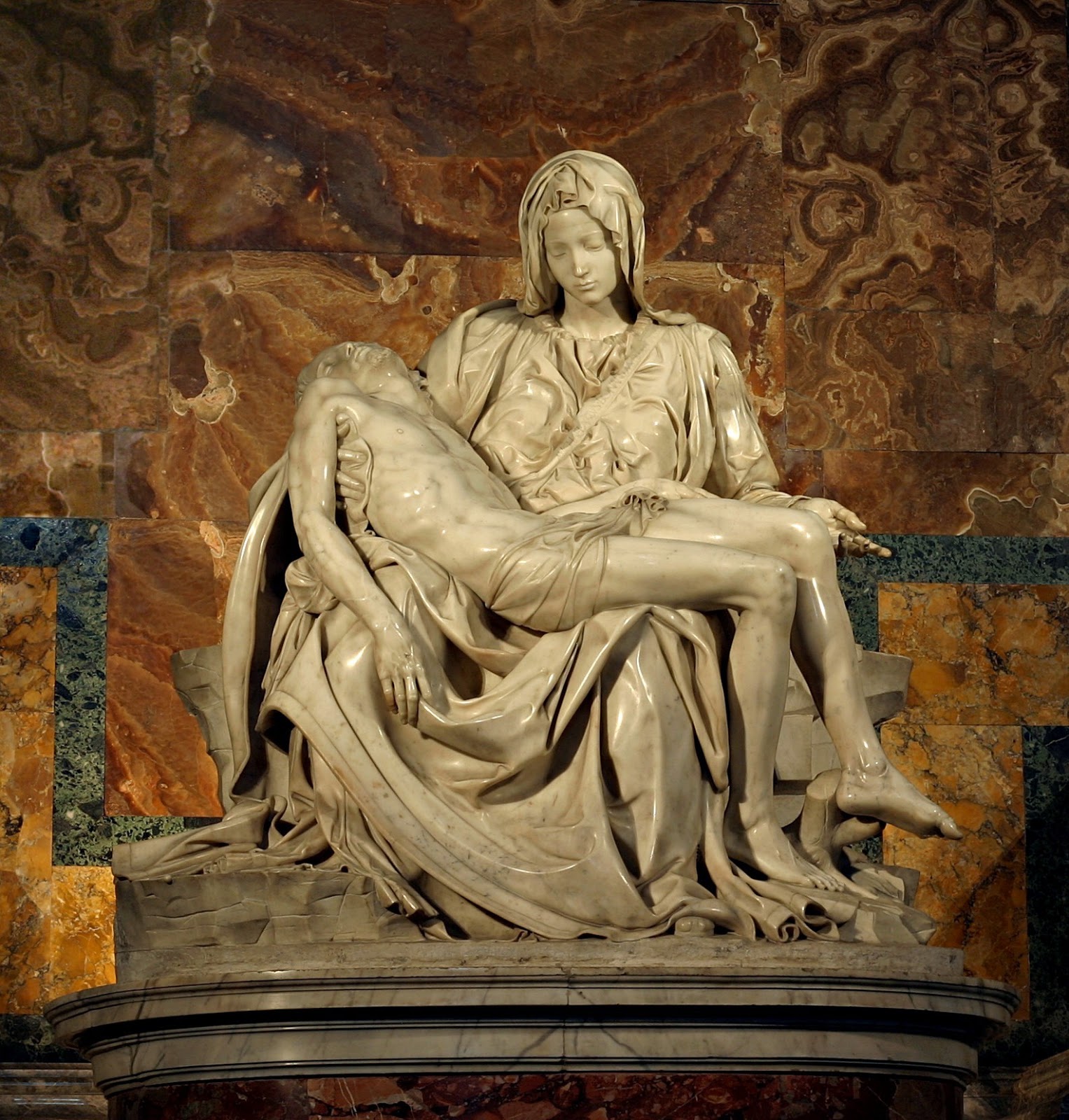Distinctly Kogan
BRAHMS: Violin Concerto in D Leonid Kogan / Boston / Monteux
The Violin Concerto in D major, Op. 77, was
composed by Johannes Brahms in 1878 and dedicated to his
friend, the violinist Joseph Joachim. It is Brahms's only violin concerto,
and, according to Joachim, one of the four great German violin concerti. The
Germans have four violin concertos. The greatest, most uncompromising is Beethoven's. The one by Brahms vies
with it in seriousness. The richest, the most seductive, was written by Max Bruch. But the most inward,
the heart's jewel, is Mendelssohn's.
Of the legion of superb musicians out of Soviet Russia, Ukrainian violinist Leonid Kogan (1924-1982) remains notable for his immaculate skill and natural, patrician bearing and nobility of line. An unabashed admirer of Jascha Heifetz, Kogan consciously attempted to recreate that peerless master’s style, insisting on playing on all four steel strings. While this approach did not yield particularly “flexible” results, the intense power of expression and brilliant resonance became as identifiable a trademark for Kogan as a burnished tone defined a Heifetz interpretation.
Leonid Kogan considered Brahms’s and Mozart’s Third Concertos his favorites; DOREMI has now made available live performances from Kogan’s first American tour (the Brahms Concerto being his actual American premiere) on a single disc. Kogan recorded the Brahms Concerto three times in the studio from 1955 (with Bruck and the Orchestre de la Société des Concerts du Conservatoire) to recordings with Kondrashin in 1959 (Philharmonia) and 1967 (Moscow Philharmonic).
That exemplified Kogan—his sound wasn’t nearly as identifiable as Oistrakh’s to a young listener—but the white heat of his performance and the steely strength of his virtuosity made an indelible impression nonetheless. This American debut sounds similar, with Kogan entering with perhaps even grander, more assured aplomb, thus reaching his level of intensity earlier. Those who consider Kogan a somewhat remote, cold player should listen as a corrective to his readings of Brahms’s Concerto (as should those who entertain a similar opinion of Heifetz, who had so deeply impressed Kogan on his return to Russia). Similar to Heifetz in his technical command, Kogan nevertheless produced a tone that seemed rawer and less nuanced. Both had all the power required to bring the violin part of Brahms’s first movement to the fore (the cadenza is dazzling if somewhat edgy).
The American press wrote after the violinist's concert at Carnegie Hall "Kogan is a rare type among the performing artists: a most musical of musicians, he is always an enormous successful with the public". This recording was made during his first tour in the United States in 1958. Leonid Kogan is accompanied by the Boston Symphony Orchestra conducted by the legendary Pierre Monteux. The public gave him a ten-minute ovation.
Leonid Kogan
Boston Symphony Orchestra
Pierre Monteux
Live recording, Boston, 10.I.1958
Boston Symphony Orchestra
Pierre Monteux
Live recording, Boston, 10.I.1958


